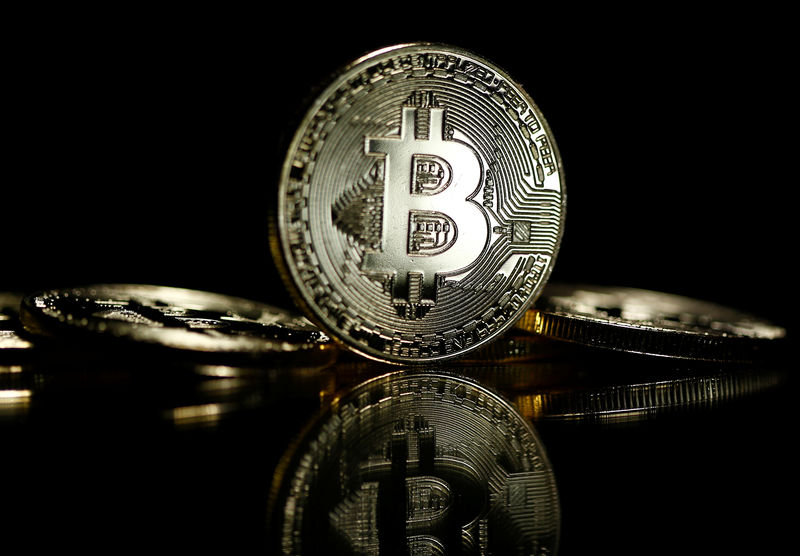By Yasin Ebrahim
Investing.com -- Bitcoin slumped Monday, and activity on its blockchain hasn't looked this bleak in months as the renewed efforts by China to rein in crypto activity slows new user growth and shutters mining activity. Against the wave of doom, however, long-term holders aren't throwing in the towel just yet.
Bitcoin fell 8% to $32,485, though had traded as low as $31,821.0
The latest on-chain data show that bitcoin demand from new users continues to slow to levels not seen in a year.
"Bitcoin active addresses have fallen by 24% from the generally sustained peak of 1.16 million from March to early May. The current activity of 884k addresses was last seen this time last year," Glassnode said in its latest on-chain report.
Confirmed BTC transactions per day, meanwhile, have fallen to 167,000, the lowest since 2018.
The weaker activity on the blockchain comes as the dark cloud of regulation continues to weigh on sentiment.
The People's Bank of China reportedly ordered the China's banks and payment platform Alipay to cease services linked to cryptocurrency trading, Bloomberg reported.
In a further clampdown of access to cryptocurrencies, the central bank demanded that institutions eliminate payment channels for crypto exchanges and over-the-counter platforms.
Bitcoin miners, who play an important role in maintaining the plumbing of the network, or blockchain, that powers BTC, are also feeling the regulatory heat in China amid concerns about energy usage.
The Sichuan Provincial Development and Reform Commission and the Sichuan Energy Bureau issued a joint notice on Friday, ordering local electricity companies to "screen, clean up and terminate" mining operations by Sunday, according to a report in the Communist Party-backed Global Times.
Following the ban, more than 90% of China's Bitcoin mining capacity is estimated to be shut down, at least for the short term.
Bitcoin mining activity has plunged to 125.13 exahashes per second on Monday, its lowest level since November 2020, according to data from Blockchain.com.
Still, there are some who view that shift away from Chinese mining activity will prove valuable in the long-term amid concerns that Chinese minors are less energy efficient relative to their international peers.
Bitcoin's label as a dirty crypto – given the energy used up to mine blocks on blockchain - is somewhat of misunderstood at least in the U.S. as most “American miners use clean renewable energy,” Michael Venuto, chief investment officer for Toroso Investments told Investing.com in May.
The fall in both mining and new user activity on the blockchain hasn't yet rocked long-term holders, or "hodlers" of bitcoin, who continue to buy the dips even as some of their holdings appear to have swung to a loss.
"Since the $64k top, long-term holders own an additional 5.25% of the circulating supply of which 1.5% of this is currently underwater (held at an unrealized loss)," Glassnode said in a report. "Despite prices approaching the cost basis for many long-term holders, they continue to HODL on."
